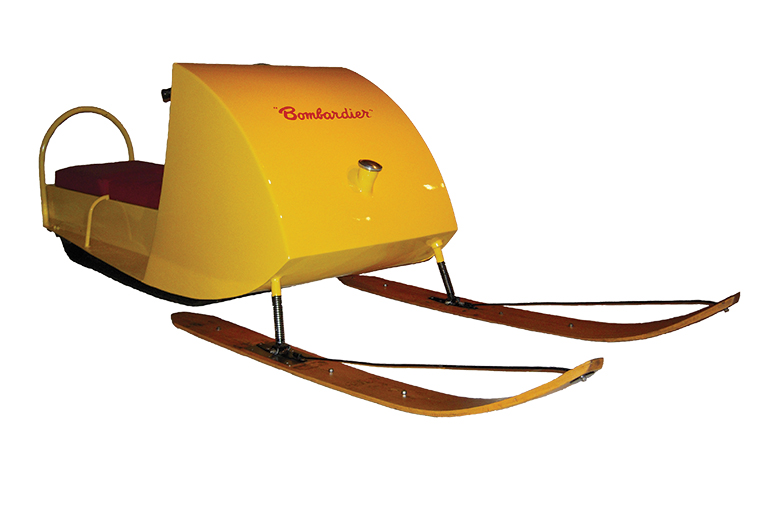Water Ways
Over the centuries, many different kinds of boats have been used for transportation in Canada's west.
On the prairies, one of the earliest forms of watercraft was known as a bull boat. A bull boat was a round vessel made of buffalo hide stretched over bent wooden poles. It was mostly used for crossing rivers but not for long distance travel.
Further north in the boreal forest, people used dugout canoes. They made them with stone axes and a chisel fashioned from beaver teeth.
The Dene and northern Cree also used birch bark canoes. These were made by bending long sheets of steamed paper birch over a wood frame and then lashing them all together. The holes were glued shut with tree sap, or in northern Alberta, with raw bitumen from the oil sands.
Birch bark canoes were adopted by European fur traders who designed larger canoes that could carry big loads the largest birch bark canoe in the West could carry up to a ton, and voyageurs who paddled them worked up to 18 hours a day.
By 1821 York boats were beginning to replace birch bark canoes in the fur trade. These flat bottom boats could carry up to three tons each. Brute strength was used to pull heavy oars that were up to 6 meters long. On portages, the York boatman also had to drag the boats across the forest floor using logs as rollers.
Eventually, York boats gave way to steam-driven vessels. Stern wheelers first appeared in British Columbia and the Yukon in the 1850s. It soon became possible to travel from Winnipeg to Edmonton in a mere ten days, but only under ideal conditions.
The era of steam on boreal rivers was relatively short-lived. The coming of the railway all but ended traveling by water in Western Canada.
We hope you’ll help us continue to share fascinating stories about Canada’s past by making a donation to Canada’s History Society today.
We highlight our nation’s diverse past by telling stories that illuminate the people, places, and events that unite us as Canadians, and by making those stories accessible to everyone through our free online content.
We are a registered charity that depends on contributions from readers like you to share inspiring and informative stories with students and citizens of all ages — award-winning stories written by Canada’s top historians, authors, journalists, and history enthusiasts.
Any amount helps, or better yet, start a monthly donation today. Your support makes all the difference. Thank you!
Themes associated with this article
Advertisement
You might also like...
Help support history teachers across Canada!
By donating your unused Aeroplan points to Canada’s History Society, you help us provide teachers with crucial resources by offsetting the cost of running our education and awards programs.








